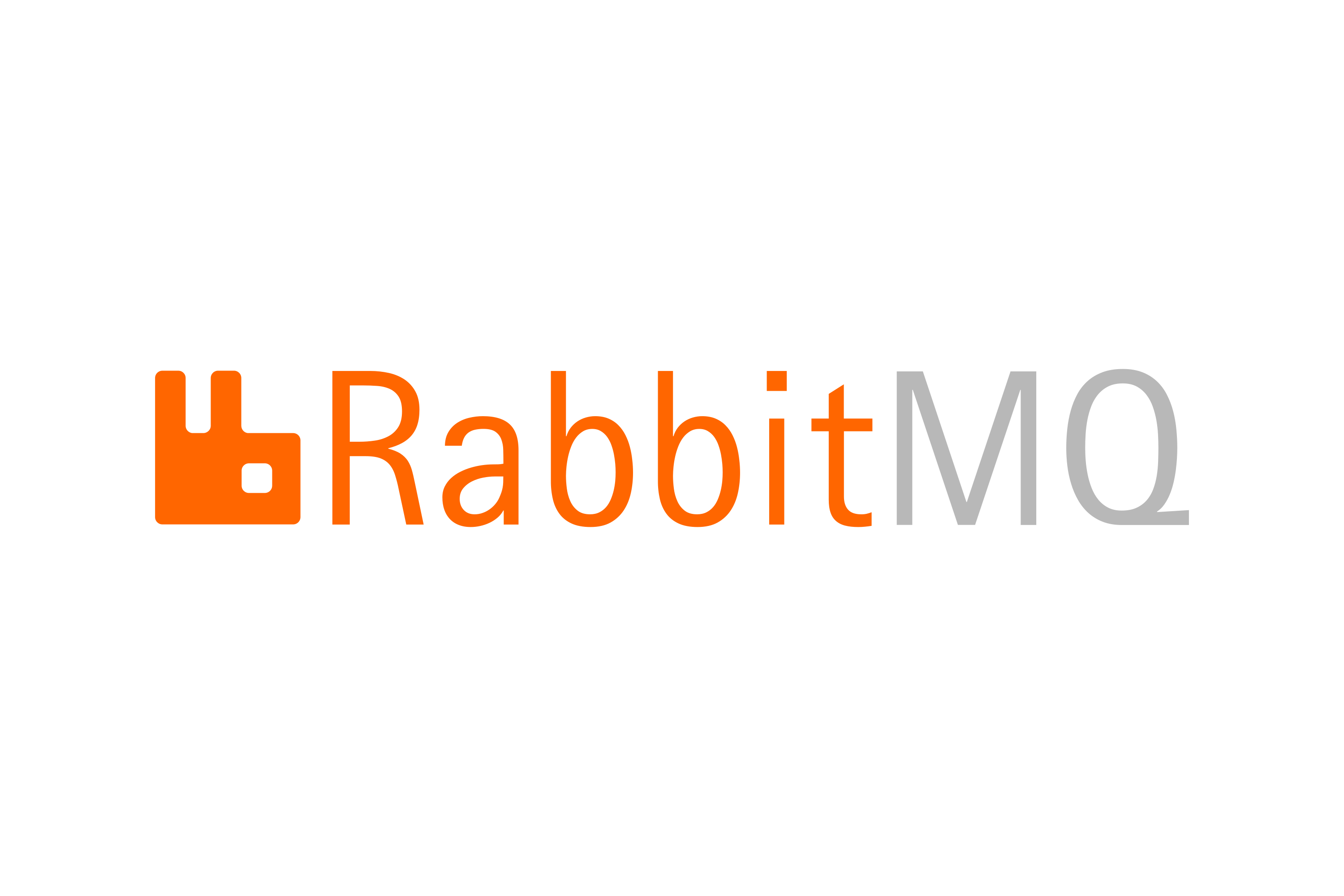A Beginner's Guide to RabbitMQ: Getting Started with Message Queuing
Learn the basics of RabbitMQ, a powerful open-source message broker, to enable efficient communication between applications. Explore exchanges, queues, bindings, producers, and consumers. Start using RabbitMQ with Python and unlock the potential of message queuing in your applications.

Introduction
Welcome to "A Beginner's Guide to RabbitMQ: Getting Started with Message Queuing!" This comprehensive guide will walk you through the basics of RabbitMQ, a powerful open-source message broker that enables efficient communication between various applications and services. Whether you are a developer, an IT professional, or just curious about message queuing, this guide will provide you with a solid foundation to start using RabbitMQ.
What is RabbitMQ?
RabbitMQ is a message broker that facilitates communication between different applications and services by implementing the Advanced Message Queuing Protocol (AMQP). It acts as a mediator, receiving messages from applications and distributing them to the intended recipients.
By decoupling message production from consumption, RabbitMQ enables seamless scaling, fault tolerance, and reliability in distributed systems. It provides a highly flexible and extensible platform for building complex applications that require asynchronous communication.
Why Use Message Queuing?
Message queuing plays a vital role in modern distributed systems for several reasons:
- Reliability: Messages are persisted until they are successfully consumed, ensuring data integrity and reliability.
- Scalability: Message queuing allows you to scale your system horizontally by distributing the load across multiple instances.
- Asynchronous Communication: By decoupling message producers and consumers, asynchronous communication is achieved, enabling efficient processing and improved overall system performance.
- Loose Coupling: Message queues provide a flexible and decoupled communication channel between different components of a system, allowing them to evolve independently.
Installing RabbitMQ
Before we dive into using RabbitMQ, let's start by installing it on your system. RabbitMQ is supported on various operating systems, including Windows, macOS, and Linux.
To install RabbitMQ:
- Go to the RabbitMQ download page and select the appropriate package for your operating system.
- Follow the installation instructions provided for your specific operating system.
- Once installed, RabbitMQ should start automatically. You can verify the installation by navigating to
http://localhost:15672in your browser. You should see the RabbitMQ management console login page.
Getting Started with RabbitMQ
Now that RabbitMQ is installed, let's explore the core concepts and features of RabbitMQ:
1. Exchanges
In RabbitMQ, messages are published to exchanges. An exchange is responsible for routing messages to the appropriate queues based on specific rules or bindings.
RabbitMQ provides several types of exchanges:
- Direct Exchange: Routes messages to queues based on a matching routing key.
- Topic Exchange: Routes messages to queues based on wildcard matching of routing keys.
- Fanout Exchange: Routes messages to all bound queues.
- Headers Exchange: Routes messages based on message headers instead of routing keys.
When a message is published to an exchange, the exchange examines the message's routing key and headers to determine which queue(s) to route the message to.
2. Queues
Queues in RabbitMQ are responsible for storing the messages until they are consumed by consumers. Each message is appended to one or more queues based on the exchange's routing rules.
Consumers can subscribe to a queue to receive messages. When a consumer acknowledges a message, it is removed from the queue. If a consumer does not acknowledge the message, RabbitMQ will requeue it for another consumer to consume.
3. Bindings
Bindings are the rules that determine how exchanges route messages to queues. A binding consists of an exchange, a queue, and a routing key.
The routing key or headers of a message define the message's route from the exchange to the queue. Bindings can be added/modified dynamically as needed.
4. Producer and Consumer
In a RabbitMQ ecosystem, a producer is responsible for publishing messages to an exchange. The producer specifies the routing key and headers, ensuring that each message reaches the appropriate destination.
On the other hand, a consumer subscribes to a queue and consumes messages from it. Consumers can process messages synchronously (one at a time) or asynchronously (in batches).
Using RabbitMQ with a Programming Language
RabbitMQ provides client libraries for various programming languages, making it easy to use in your preferred language. Let's explore how to use RabbitMQ with Python:
Prerequisite: Make sure you have RabbitMQ installed and running.
1. Install the pika library, a RabbitMQ client for Python:
pip install pika2. Import the required modules:
import pika3. Establish a connection to RabbitMQ:
connection = pika.BlockingConnection(pika.ConnectionParameters('localhost'))
channel = connection.channel()4. Declare a queue:
channel.queue_declare(queue='hello')5. Publish messages:
channel.basic_publish(exchange='', routing_key='hello', body='Hello, RabbitMQ!')
print("Message sent")Conclusion
Congratulations! You now have a solid understanding of RabbitMQ and how to get started with message queuing. We covered the basics of RabbitMQ and its core concepts, including exchanges, queues, bindings, producers, and consumers. We also explored how to use RabbitMQ with Python, one of the many programming languages supported by RabbitMQ.
Message queuing with RabbitMQ opens up a world of possibilities for building scalable, reliable, and efficient systems. Whether you are developing microservices, event-driven architectures, or distributed systems, RabbitMQ can be a powerful tool in your toolkit.
So go ahead, start experimenting with RabbitMQ and unlock the full potential of message queuing in your applications!